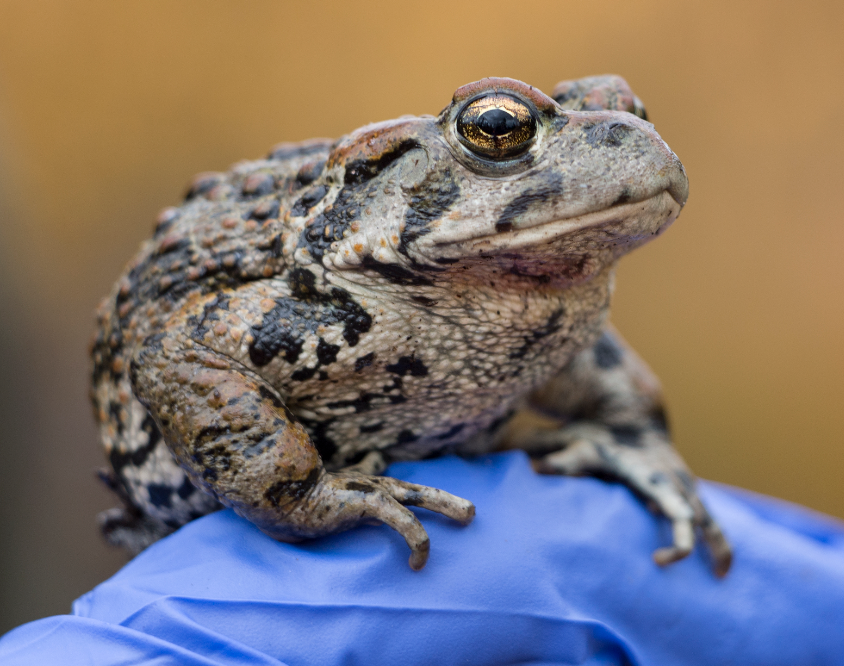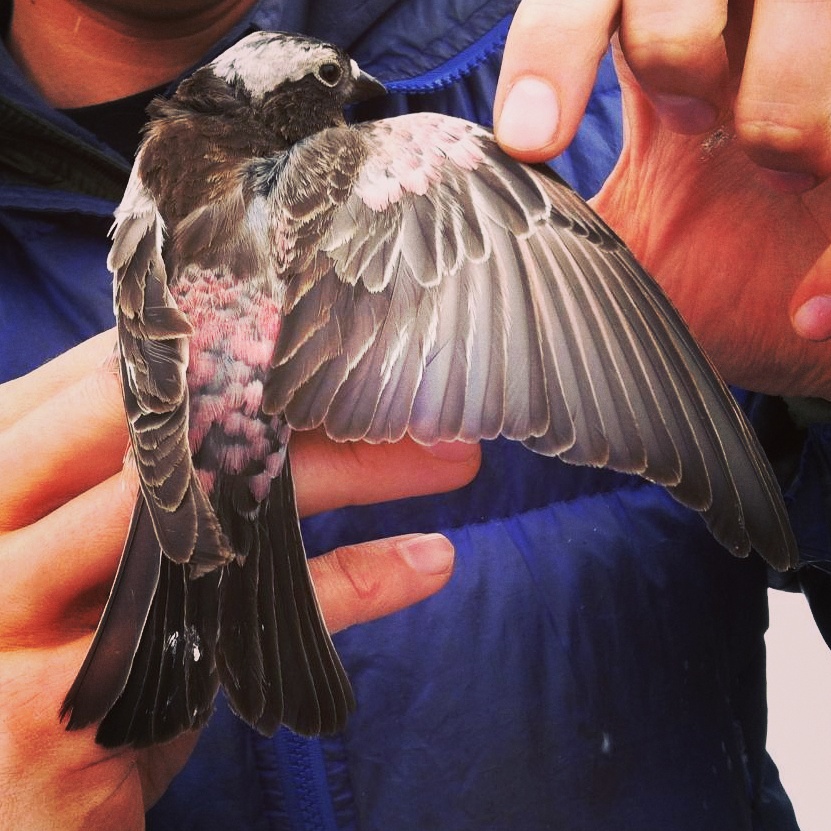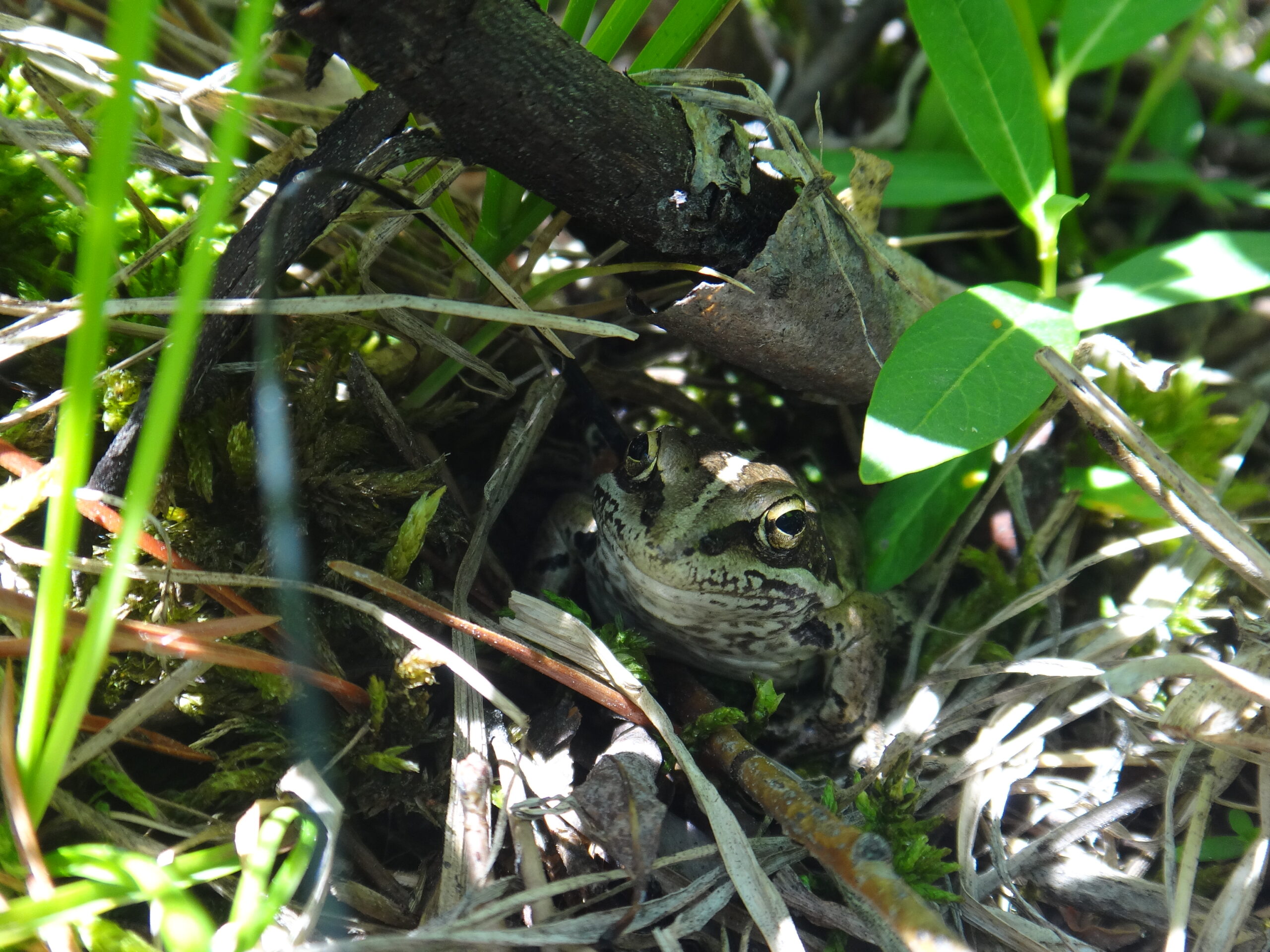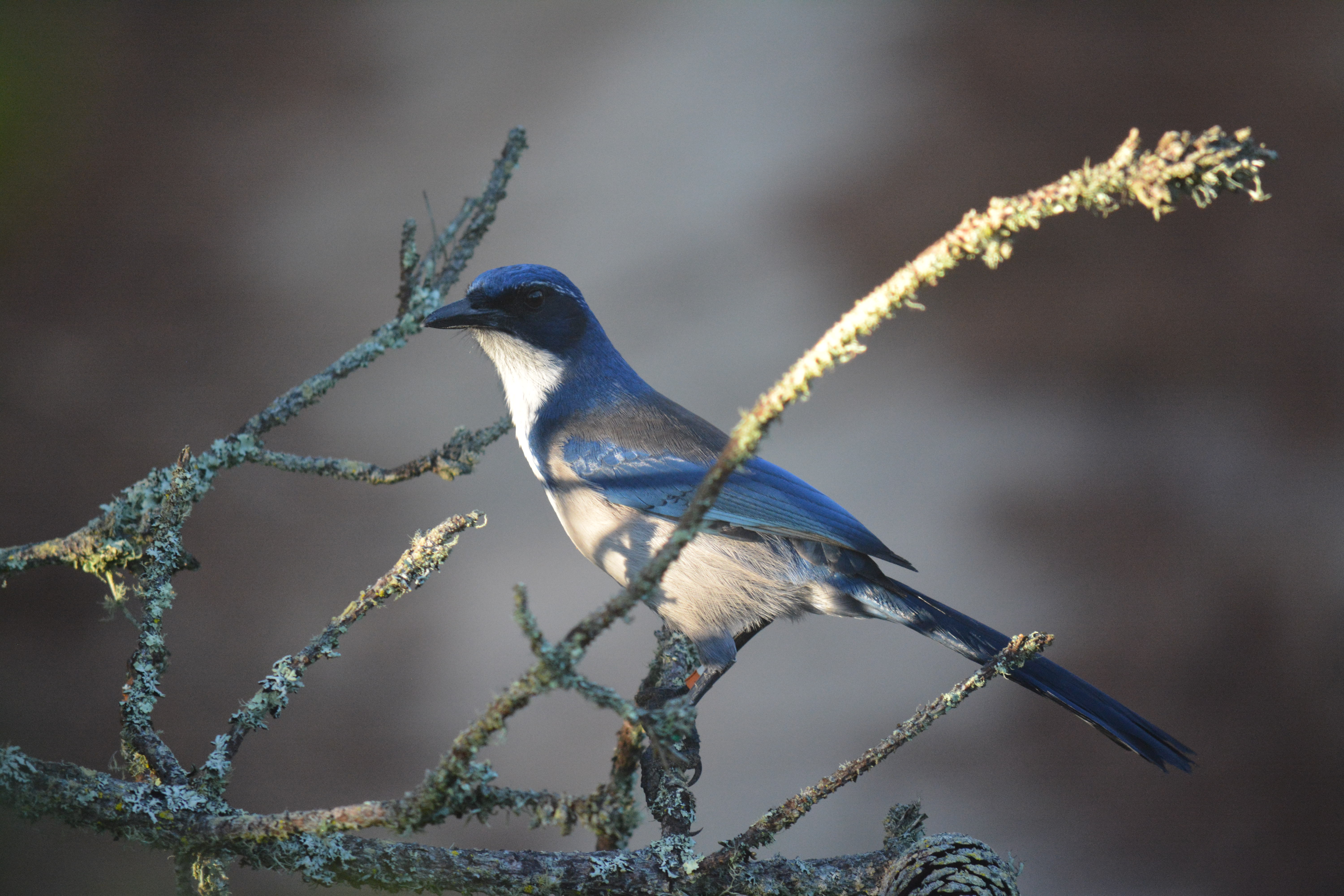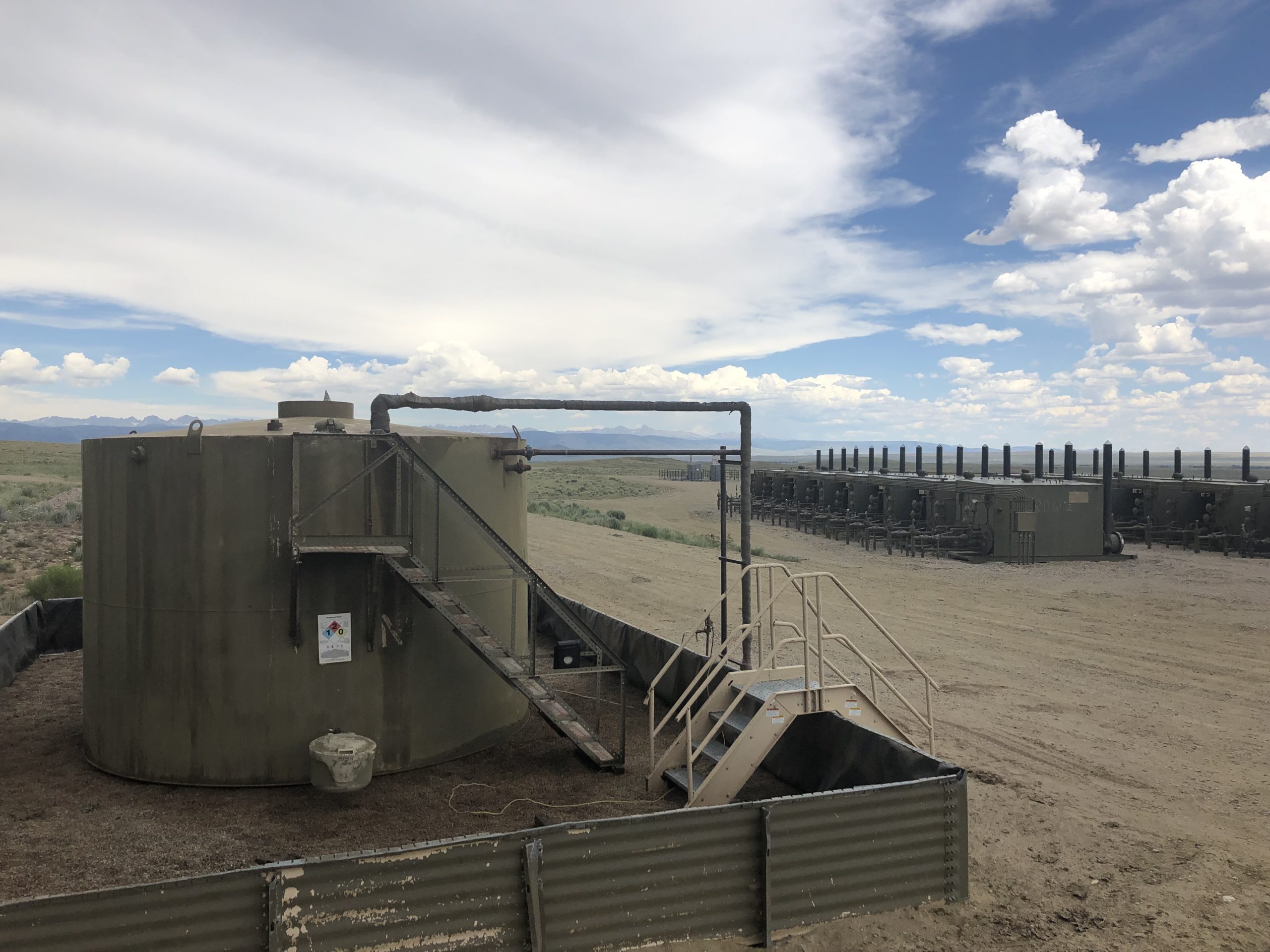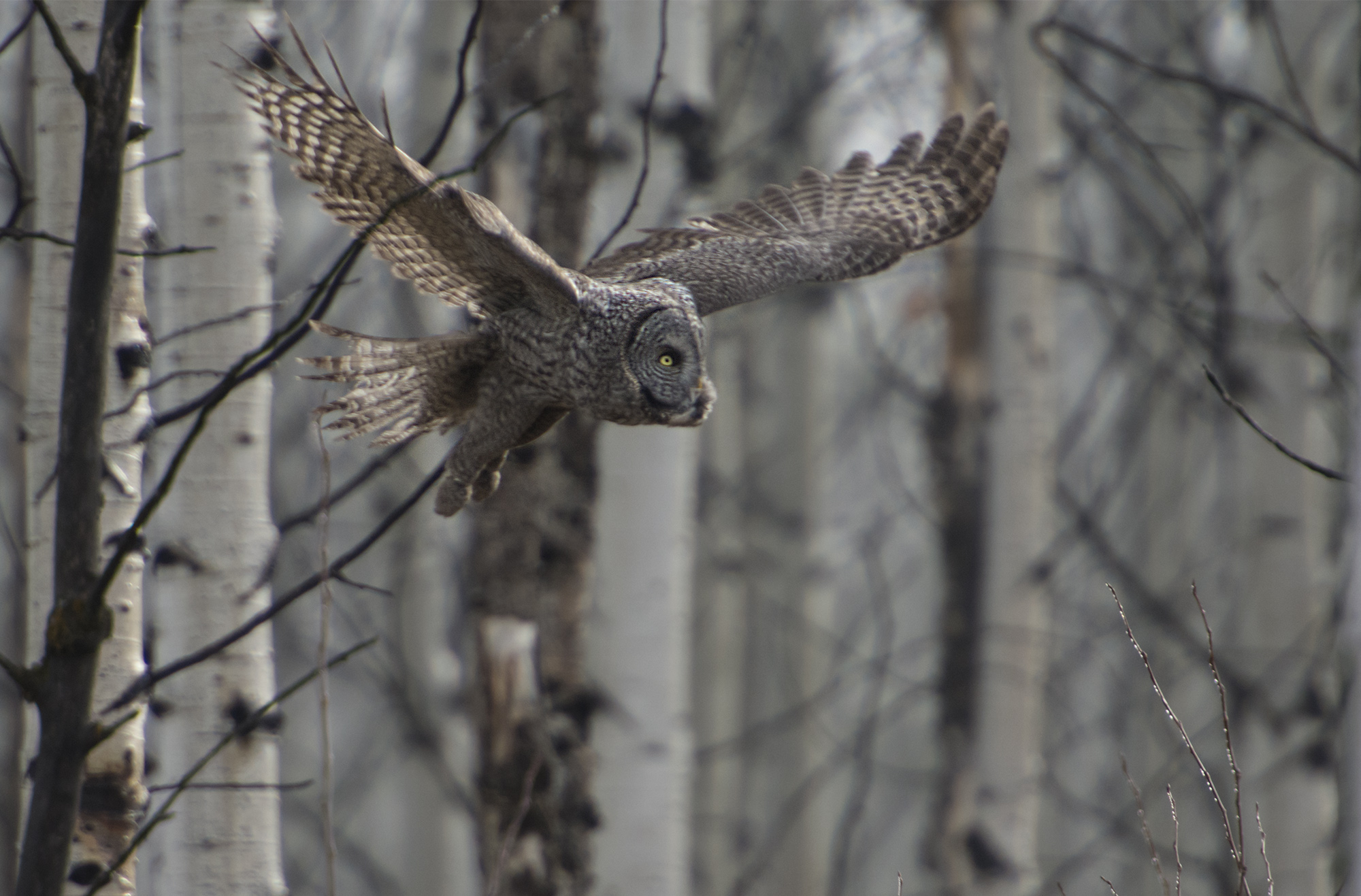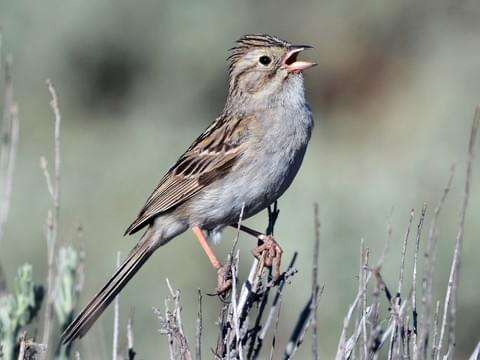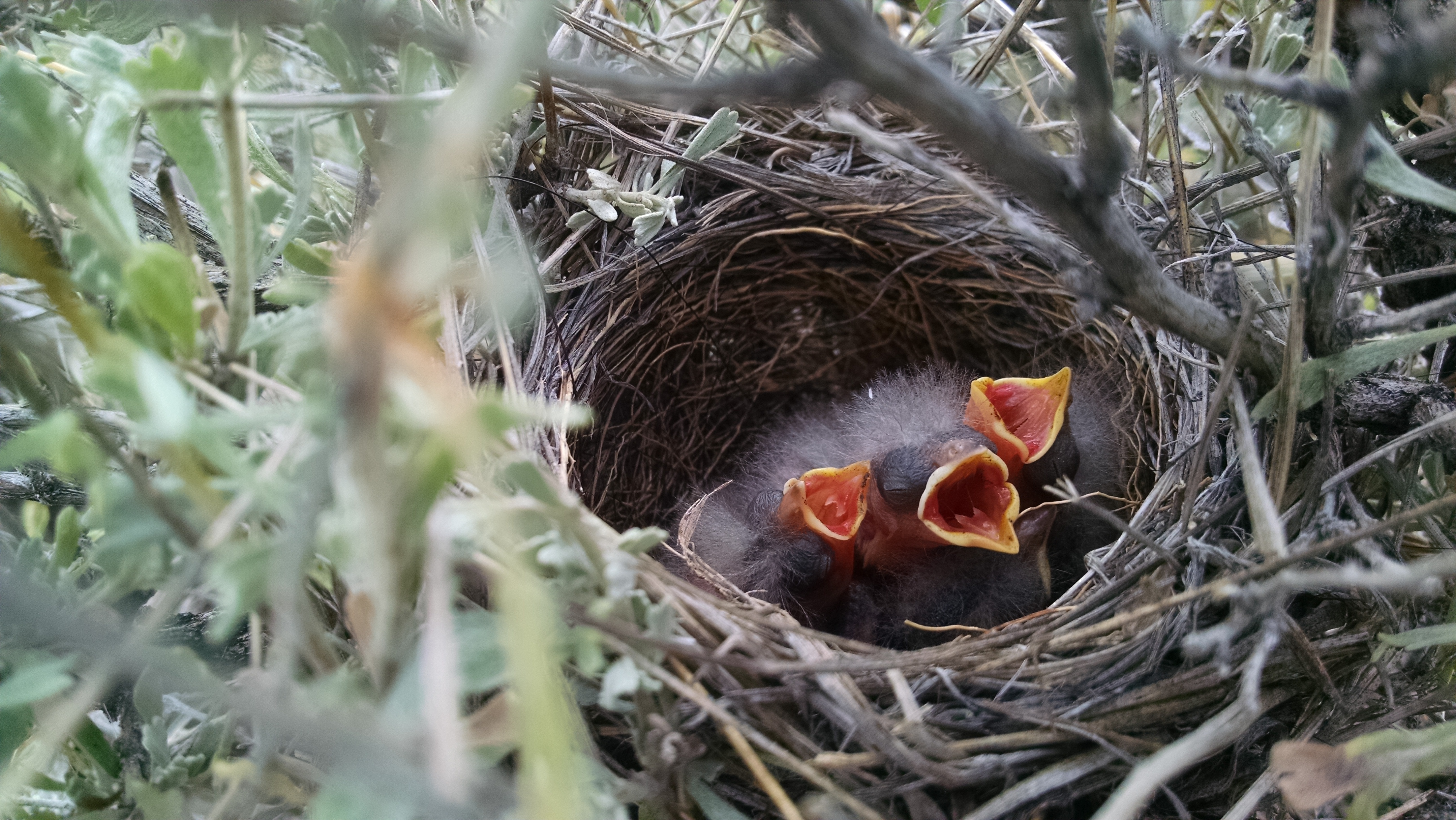About our work

Current research in the lab spans the disciplines of ecology, evolution, behavior and conservation biology, and diverse taxa including birds, small mammals, and herpetofauna.
Our main focus is understanding the processes and factors that influence wildlife-habitat relationships. We are particularly interested in understanding why organisms select particular habitats and under what contexts such choices are adaptive. Our philosophy is that effective conservation and management strategies require careful study about what constitutes actual habitat quality for species of interest at relevant spatial scales.
Most graduate research projects in the lab are developed in close cooperation with the Wyoming Game & Fish Department and/or other agencies in order to address critical research needs of non-game wildlife species within the state. All graduate student projects in my lab therefore have both applied and conceptual components that are well-suited for students interested in learning to conduct rigorous scientific research that simultaneously addresses real-world wildlife conservation issues. Examples of ecological issues of focus in the lab include energy development, the mountain pine beetle epidemic, and climate variability.
Projects
-
Forecasting population responses to natural and anthropogenic stressors is a fundamental challenge for ecologists, conservation biologists, and wildlife managers. Predicting amphibian population trajectories, in particular, poses an additional challenge because different life-stages (e.g. aquatic larva, terrestrial adults) rely on highly disparate resources, making it difficult to predict the life-stage(s) at which the effects of stressors may manifest. More
-
A species that forages on snowfields and tundra during the breeding season, the Black Rosy-Finch is an alpine breeding obligate that uses cracks in cliff faces for nesting sites. More
-
The Island-Scrub Jay, Aphelocoma insularis, has been the focus of demographic research since 2008. Our work is motivated by threats to the species viability posed by its limited range and population size, and seeks to understand the factors that determine the distribution and abundance of A. insularis on Santa Cruz Island. More
-
Understanding the mechanisms driving variation in movements, habitat selection, and demography for Great Gray Owls is critical for the development of effective conservation strategies for this state-sensitive species. More
-
Bats provide ecosystem services that benefit the human economy and agriculture. Many bat species across the US are in population decline due to the degradation of natural roosting habitat, wind energy development, and the effects of white-nose syndrome (WNS). The northern long-eared bat (hereafter NLEB) has suffered catastrophic population losses in portions of its range with the arrival of White-nose Syndrome, a disease caused by the fungus Pseuodgymnoascus destructans (Pd). More
-
This project investigates the effects of habitat alteration from energy development on songbird nest success. We aim to identify the relationship between nest predation rates and small mammal abundance, and examine possible mechanisms driving the increased abundance of rodent nest predators. More



